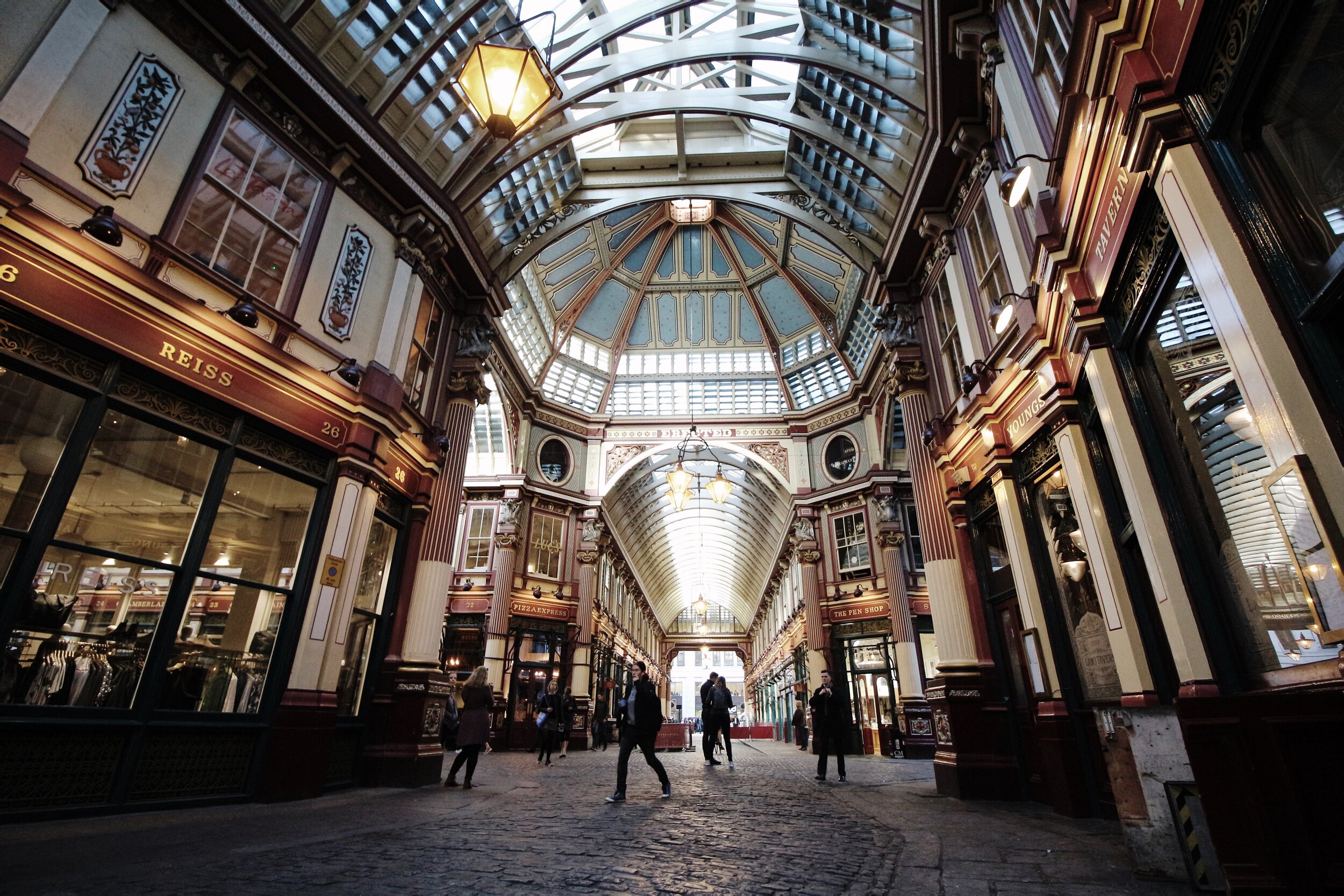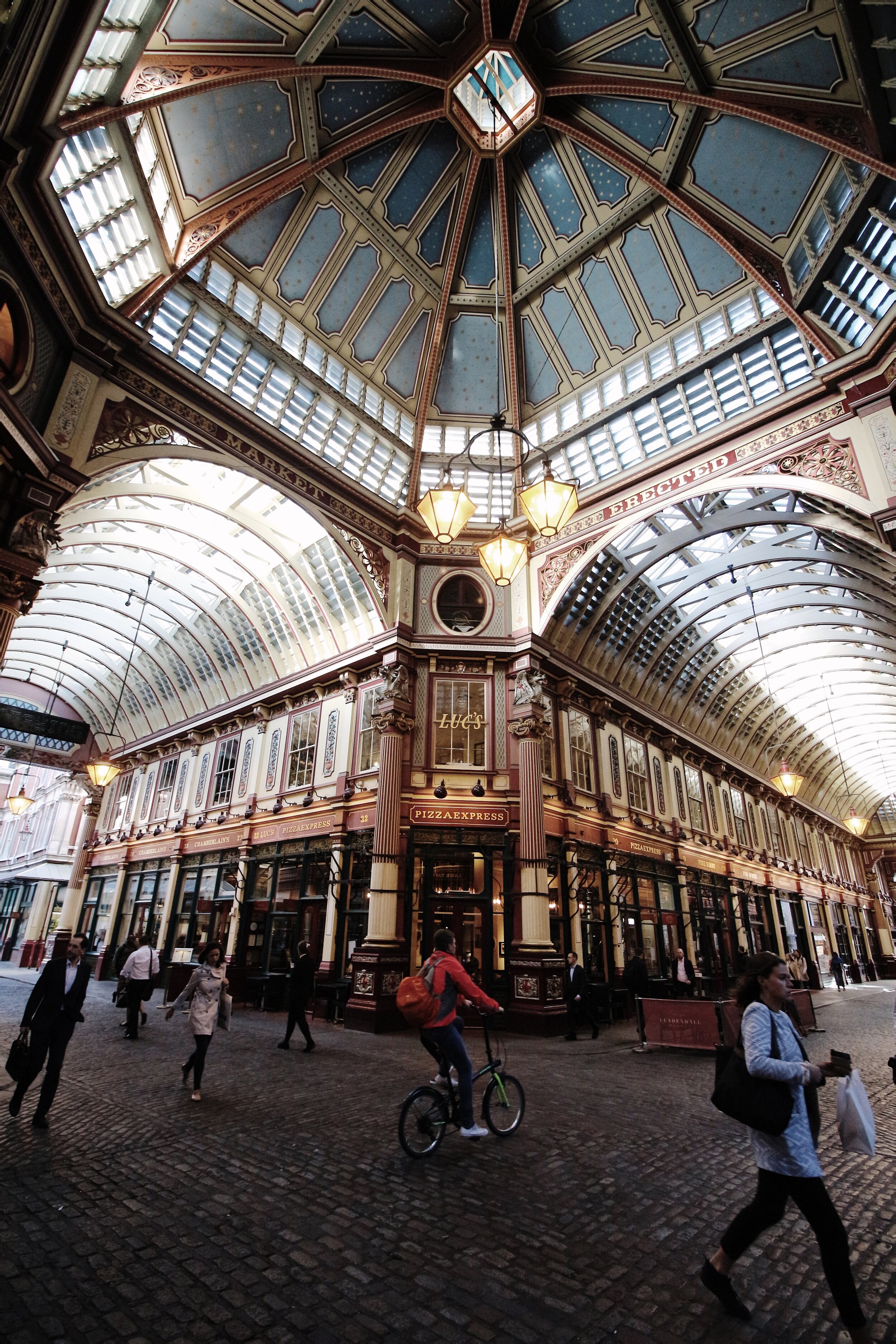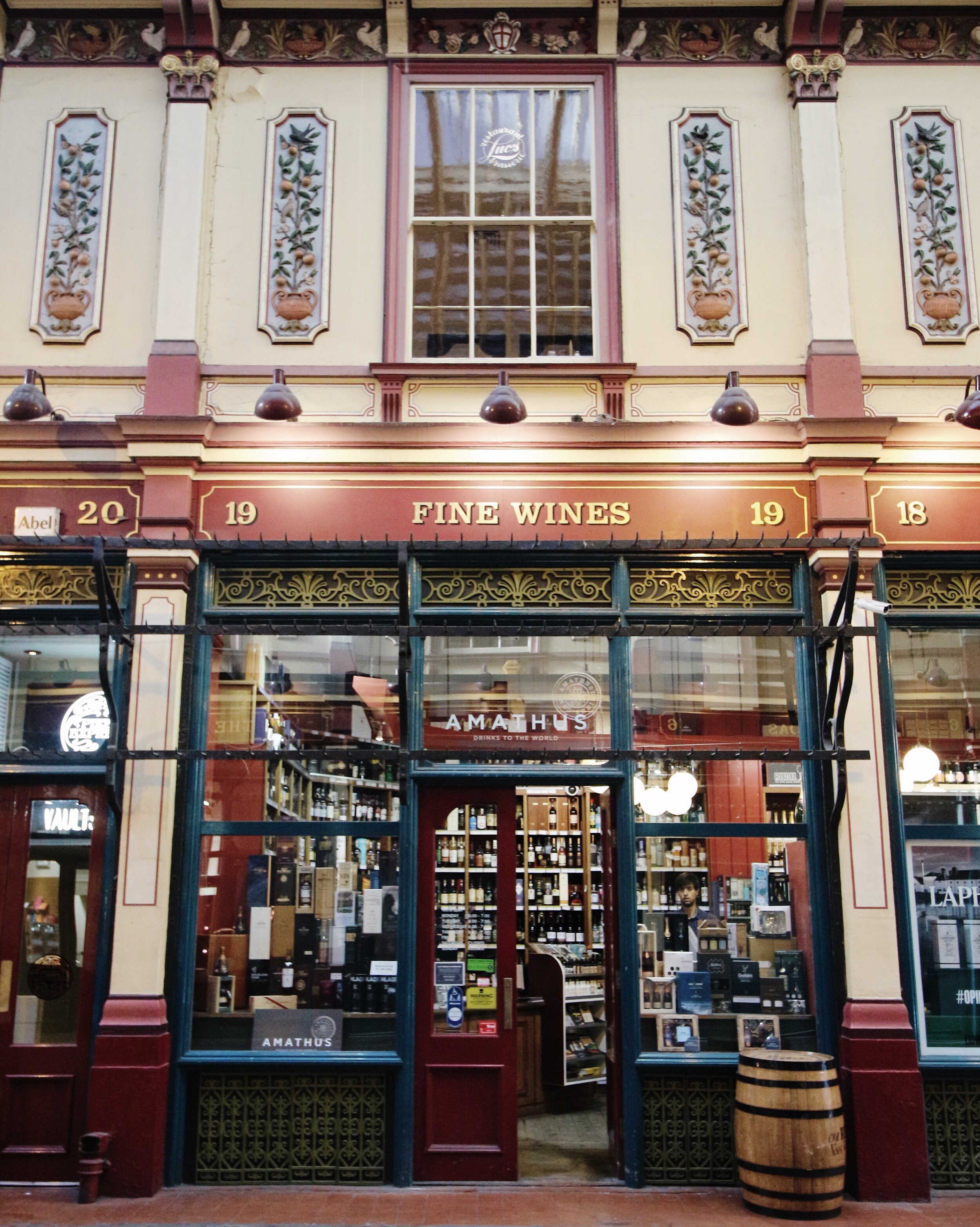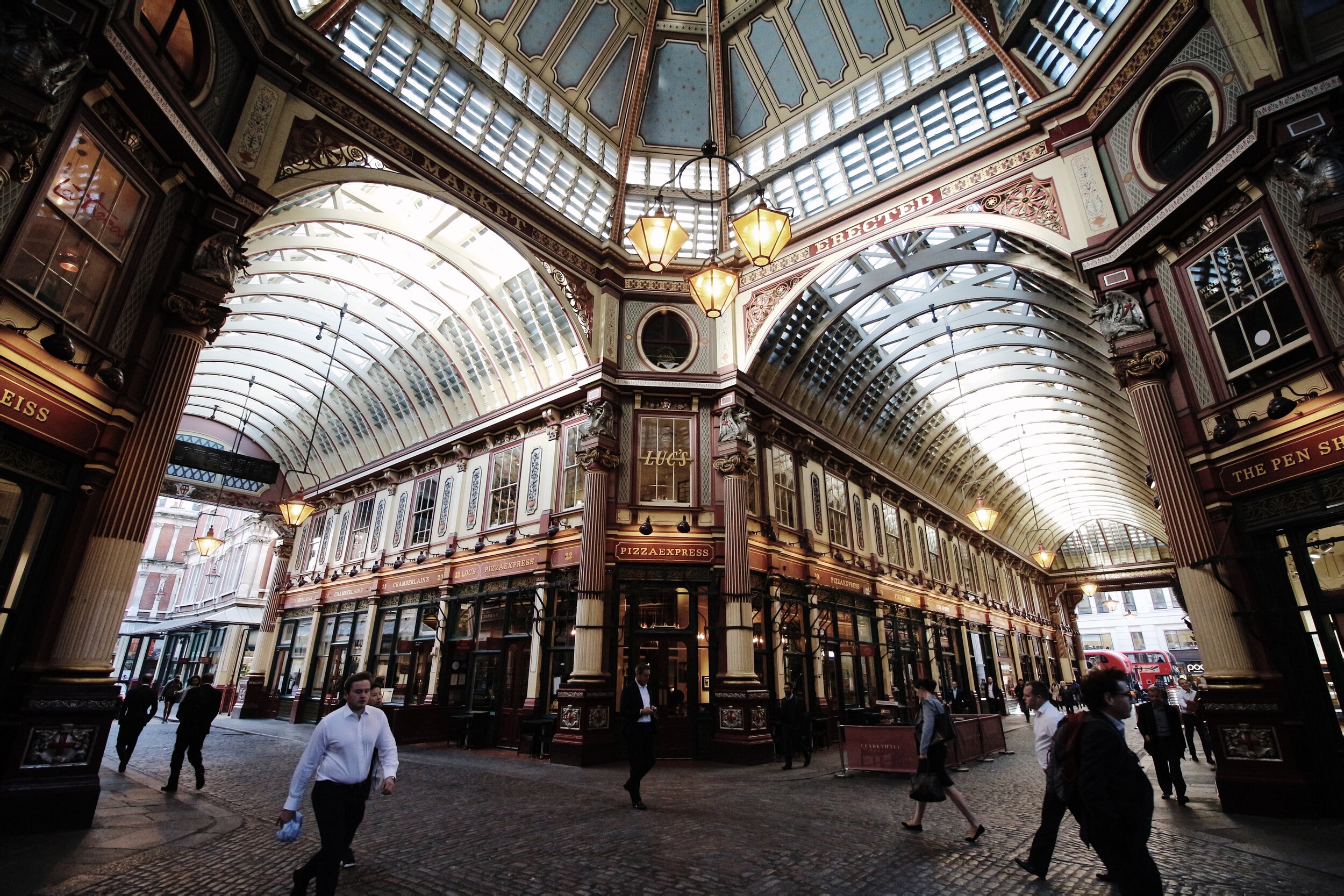Once a jail. Now a treasure chest. The Tower of London has lived many lives. Originally founded around 1066, the tower was meant to be a residence for the royal family. It has all the key elements of a traditional fairy tale castle, including moat. But in 1100 everything changed. That’s when the first prisoner came to the Tower. And oh, what an interesting character he was.
Ranulf Flambard is the first known prisoner of the Tower of London and also the first to escape it. The Bishop landed himself in the original Azkaban after being accused of extortion by Henry I when he took power. Ranulf had been a high ranking financial advisor to the previous king, William I, and had overseen efforts to improve the design of the tower. So, it’s no surprise he knew how to escape. Ranulf climbed down from the White Tower with a rope smuggled into his cell.
Ranulf then fled to Normandy where Henry and William’s older brother Robert was plotting to overthrow Henry. However, the attempt was unsuccessful. You would think after escaping prison and helping in an attempt to overthrow the King, Ranulf would go back to prison or worse. Well (plot twist!) instead Ranulf was able to remain free and retired to a quiet life.
But Ranulf’s story isn’t the only fascinating part of the Tower’s history. Throughout the years the tower has been the home to an armory, a treasury, and even a collection of exotic animals. There are also stories of ghosts who still call the tower home, like Anne Boleyn who is said to haunt the Green Tower where she was beheaded.
Today the Tower of London is home to the Crown Jewels. The collection includes all the items in the Coronation Regalia, used since 1661 to crown a new monarch. The objects were used last for the coronation of Queen Elizabeth II in 1953.
The most important piece is St Edward’s Crown. It is only used during the moment of crowning. The purple velvet fabric is surrounded by solid gold arches as well as royal symbols like the fleur-de-lis. Other coronation items include the Sword of Offering, the Sovereign’s Sceptre and Rod, and the Sovereign’s Orb, symbolizing the Christian world.
Visitors are not allowed to take photos of the crown jewels. But the impression they leave in your mind is just as permanent.
Ravens are another important part of the tower’s folklore. It is said that if the ravens ever leave the Tower, then the british kingdom will fall. That’s why there are still 7 ravens kept in the tower. These ravens are cared for by a Ravenmaster, part of the Yeoman Warders.
As I headed for the exit, I encountered one of the black birds walking among the tourist in a ceremonious way as if aware of the importance of its presence.
Useful info:
The tower is more than a tourist attraction. In fact, it also serves as the residence of the Yeomen Warders and their families, the Resident Governor, and a garrison of soldiers. There’s even a pub!
Hours:
Tuesday-Saturday: 9:00am - 4:30pm
Sunday-Monday: 10:00am - 4:30pm
Last admission: 4:00pm
Entry:
Adult: £24.70
Children (5-15): £11.70
Family (1 adult, up to 3 children): £44.40
Family (2 adults, up to 3 children): £62.90
























